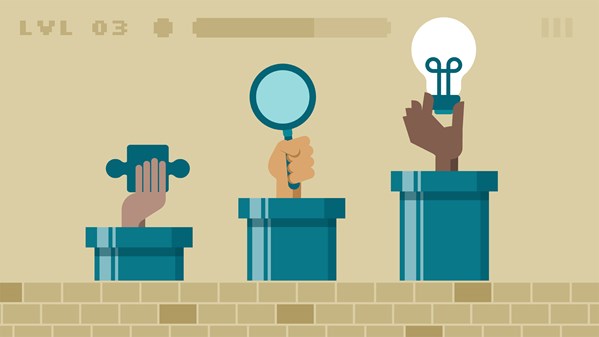
Gamification allows you to present educational content to learners in a way that's engaging, visually compelling, and personalized. In this course, Karl Kapp explores the various types of gamification, and shows how to use gamification and interactive learning to develop effective learning experiences. He explains how to add game elements to instructional design and use reward systems for learner engagement. He also reviews the different types of structural gamification, including competition-based and badge-based. To wrap up, he dives into content gamification, explaining how to leverage characters for learning, create challenges, and provide juicy feedback.
Topics include:
- Games vs. gamification
- Making a gamified learning experience successful
- Leveraging dashboards and big data
- Engaging different interests of learners
- Creating effective feedback loops
- Writing effective questions
- Designing effective leaderboards
- Structural types of gamification
- Creating a motivating challenge

Gamification is an underutilized element in instructional design, but it's crucial to engaging today's learners and enabling content mastery. In this course, professor, instructional game designer, and author Karl Kapp lays the foundations of the theory, provides examples of gamification in three real-world learning scenarios, and breaks down the dynamics of gamification (aka what makes games fun!): escape, collection, discovery, pattern recognition, and other risk/reward activities. Plus, learn to put the different elements of gamification—from setting goals to providing multidimensional feedback and leveling up—to work for your classroom. If you don't have experience gaming, don't worry. Professor Kapp focuses on gamification as a design sensibility, making the principles clear to gamers and nongamers alike.
Topics include:
- Exploring games, gamification, and simulations
- Content gamification vs. structural gamification
- Seeing gamification in action
- Scaffolding
- Capitalizing on intrinsic and extrinsic motivation
- Collecting, acquiring, and allocating resources
- Constructing and creating
- Setting up rules
- Providing feedback
- Telling a story
- Thinking like a game designer
